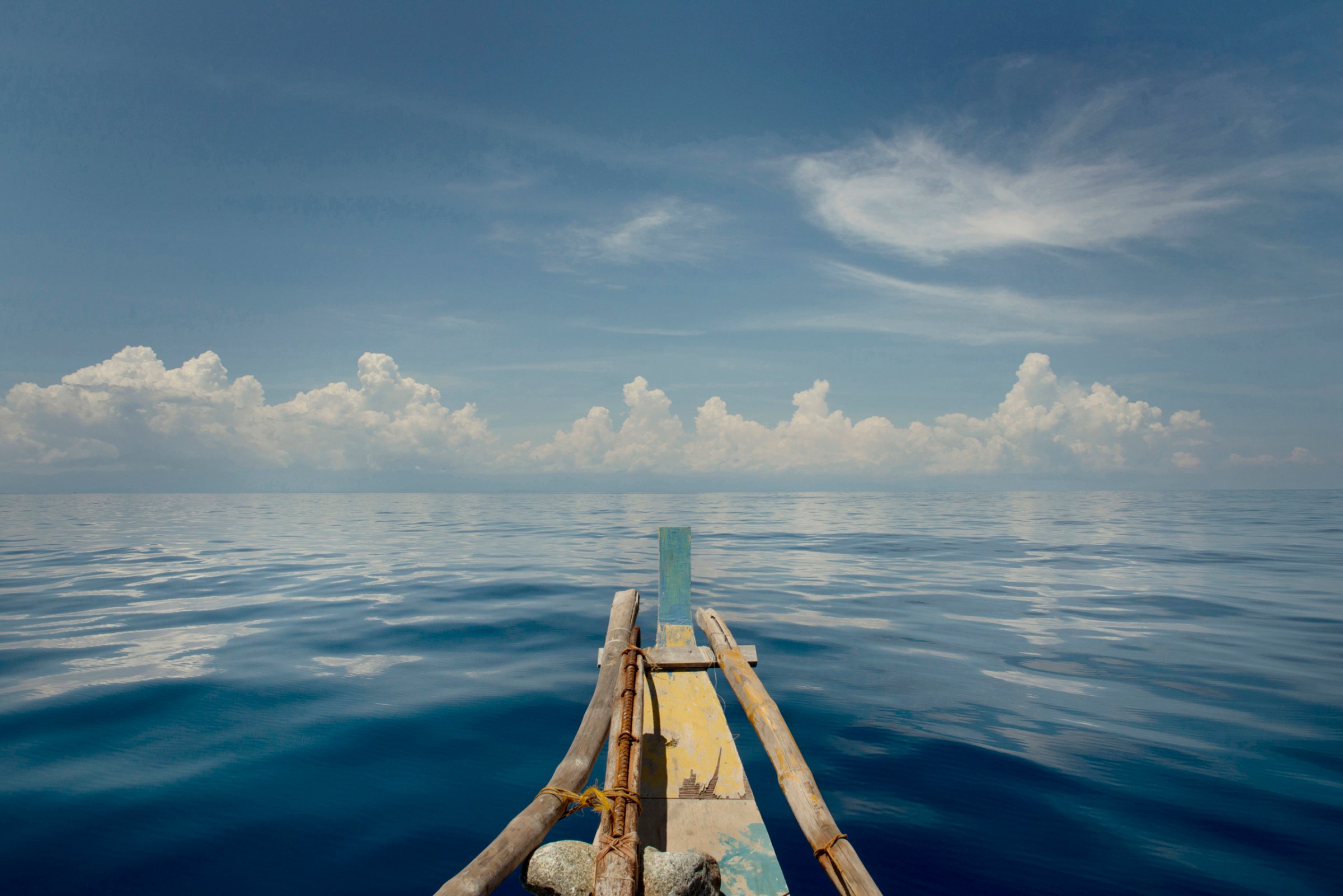
The Wonder Boy, a 36-foot bamboo outrigger boat, was lost. Using GPS coordinates provided by the Philippine navy, we had sailed to somewhere in the middle of the South China Sea—or the West Philippine Sea, as locals call it. But our destination was nowhere to be found. Instead, all we could see around us were varying shades of blue: cobalt waves, turquoise sky and an azure confluence of both at the horizon.
The South China Sea may be one of the most strategic and contested waterways on Earth, a watery frontline between two superpowers, as this week’s TIME magazine story details. But the sea’s empty expanse belies its geopolitical significance. On a four-day sail through the contested Spratlys, which are claimed in part or in whole by six governments, we passed just a handful of other boats. Only an occasional dolphin or flying fish broke the waves.
Photographer Chiara Goia and I were traveling on the Wonder Boy with a four-man crew from the Philippine island of Palawan. Our boat had no radio, no maps and no satellite navigation system—merely a handheld GPS device and some coordinates for Philippine military outposts. The journey began with a broken motor: a couple miles offshore, we stalled for an afternoon while the crew jury-rigged the fanbelt with some plastic bits ripped by teeth and machete. A day later, through choppy seas, we arrived at our first destination: Flat Island, also known as Patag, where seven sunburned soldiers guard a sandbar on behalf of the Philippines.
Knowing that the detachment only receives supplies every two months, we had arrived with goodies: Philippine brandy, cigarettes and lad mags. The men were grateful but Chiara was not. She wanted them to look up from the pin-ups and return to their routine so she could document life on this spit of sand. At our next stop—Nanshan, a slightly larger Spratly island referred to locally as Lawak—we made sure to distribute the gifts at the end of our stay, so as not to disturb normal schedules.

Besides, Nanshan was blessed with a satellite link that, when it worked, allowed the soldiers to watch the NBA playoffs and Philippines league games. Outside their barracks, the men had fashioned a basketball hoop from a decapitated palm tree. Other amusement came from watching seabirds swoop in to nest on an island whose brackish water could sustain a bit of animal life. But on our visit to Nanshan, a heatwave had littered the ground with dead fledglings. High temperatures notwithstanding, hoops were a better bet.
Our last destination was to be the Sierra Madre, a World War II-era American warship that the Philippine navy had deliberately run aground on Second Thomas Shoal to serve as a makeshift military outpost. Chinese coast guard vessels—like the ones that had just glided past Flat Island—occasionally tried to stop resupplies from reaching the rusting warship. Our failure to reach Second Thomas Shoal, however, was courtesy of a map-reading snafu at the Philippine naval operations center.
Eventually, as dusk fell, we came across a tuna-fishing trawler that pointed us in the direction of another ship that had a map. Again we set sail but the next day discovered that circumnavigating a treacherous shoal would add days to our journey. We had enough drinking water, and the crew caught yellow-fin tuna and snapper to sustain us. But gas was running low. I was tired of sleeping on a sack of rice, Chiara cradling a watermelon. So the Wonder Boy turned east, back toward Palawan. When we finally reached shore, our crew—Jerry and Noynoy, Ray and Babu—were welcomed by children and the smell of dinner, freshly cooked, that for generations has beckoned fishermen home.
Chiara Goia is a fine art photographer based in Italy.
Michelle Molloy is a senior international photo editor at TIME.
Hannah Beech is TIME’s East Asia bureau chief. Follow her on Twitter @hkbeech.

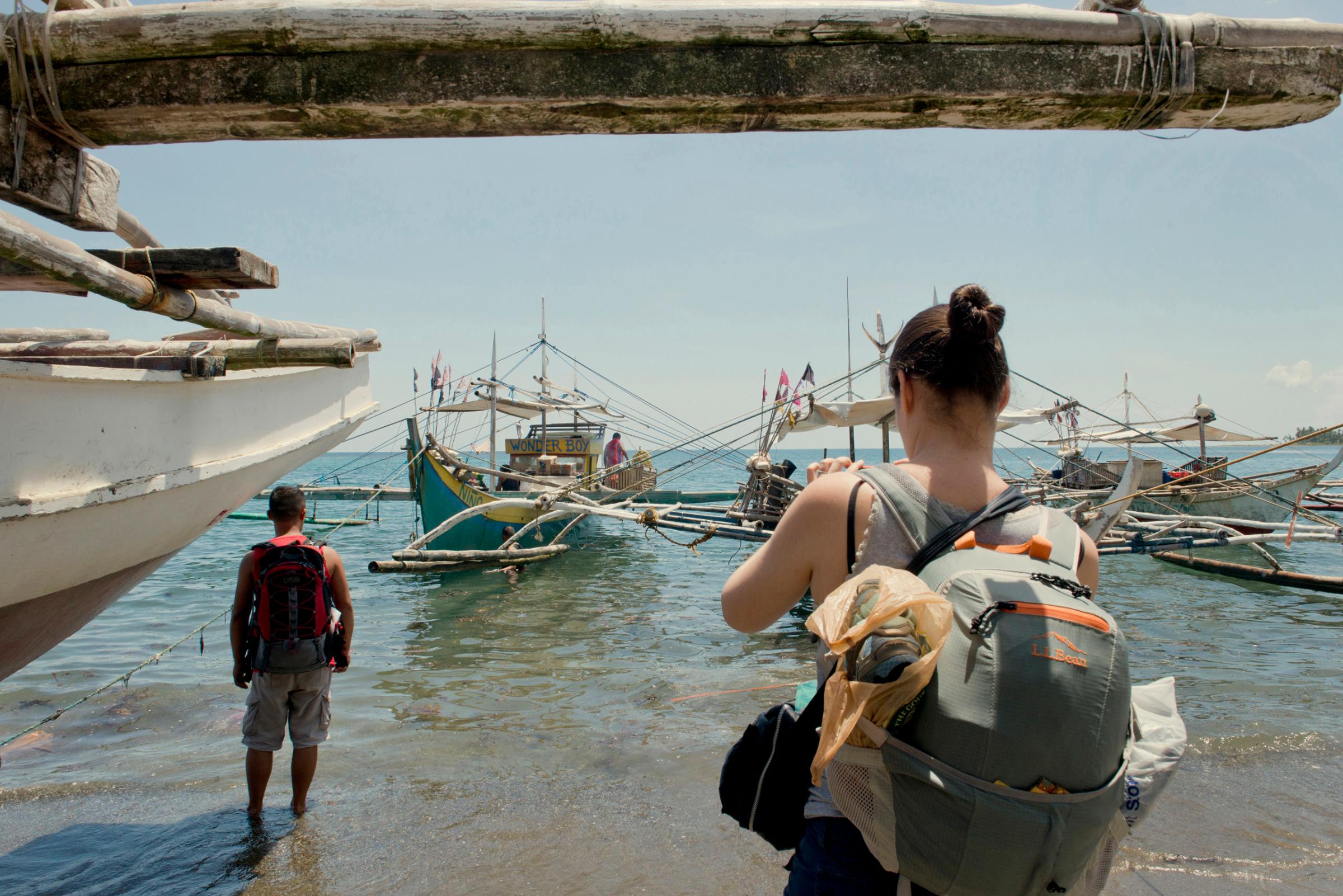
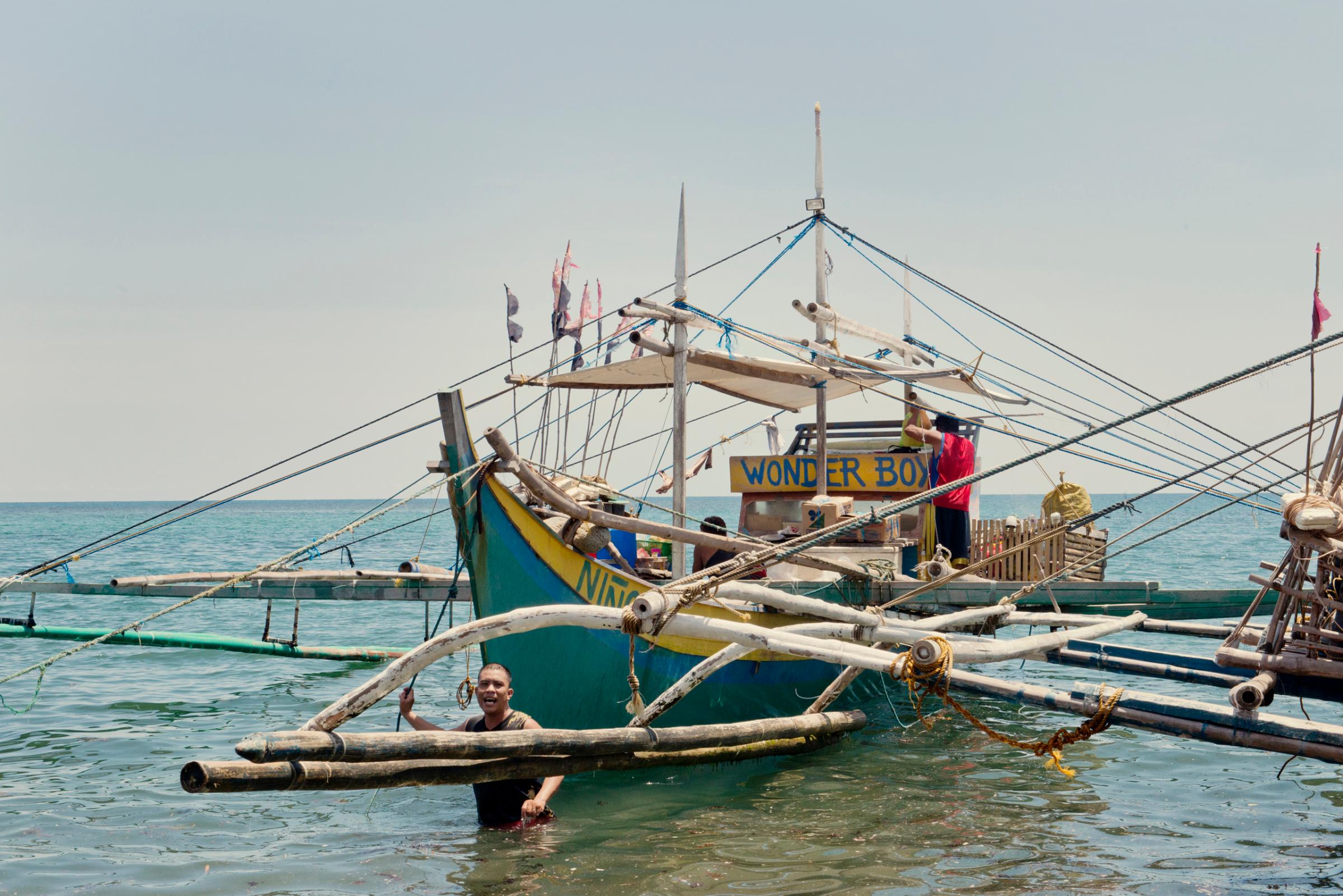


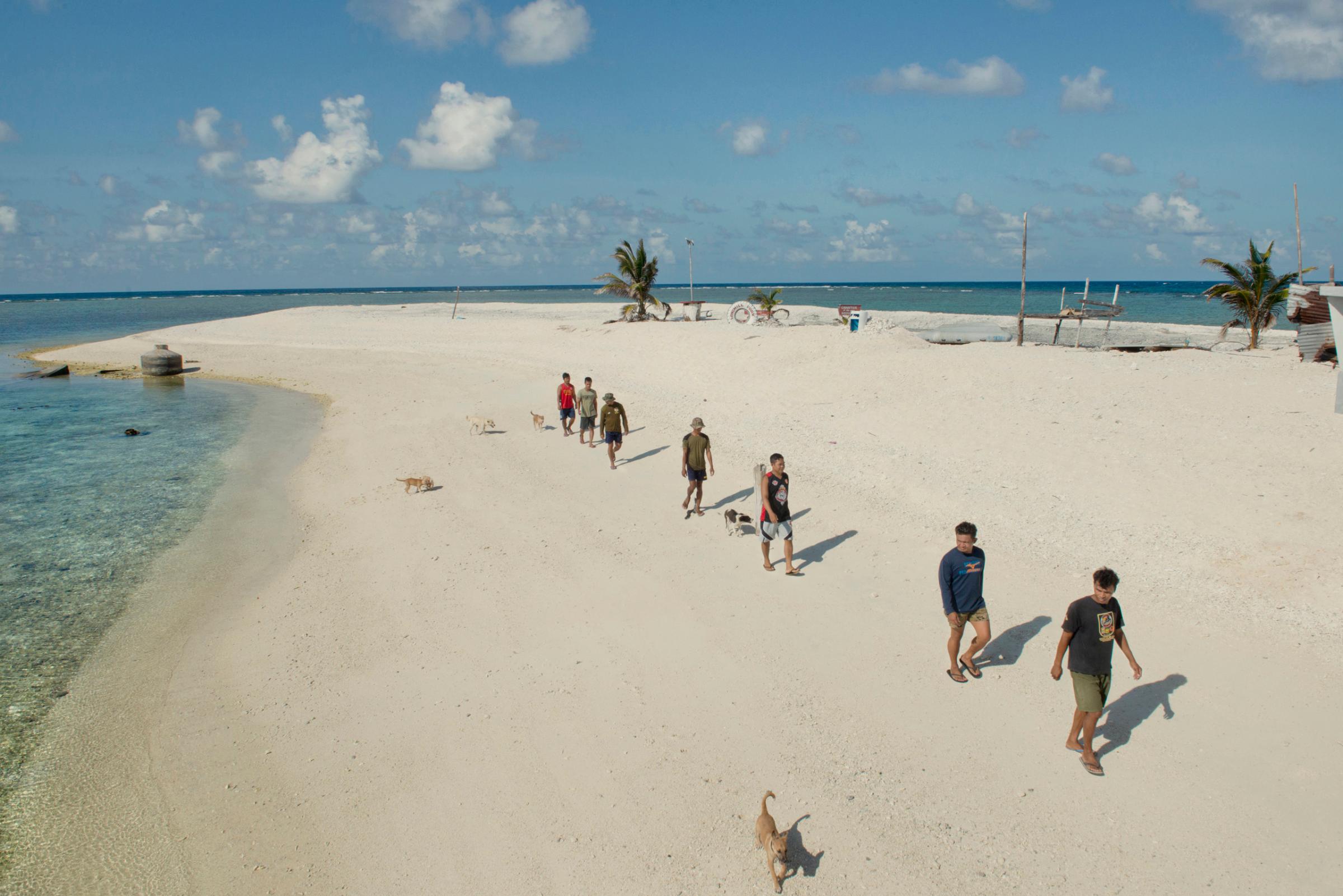
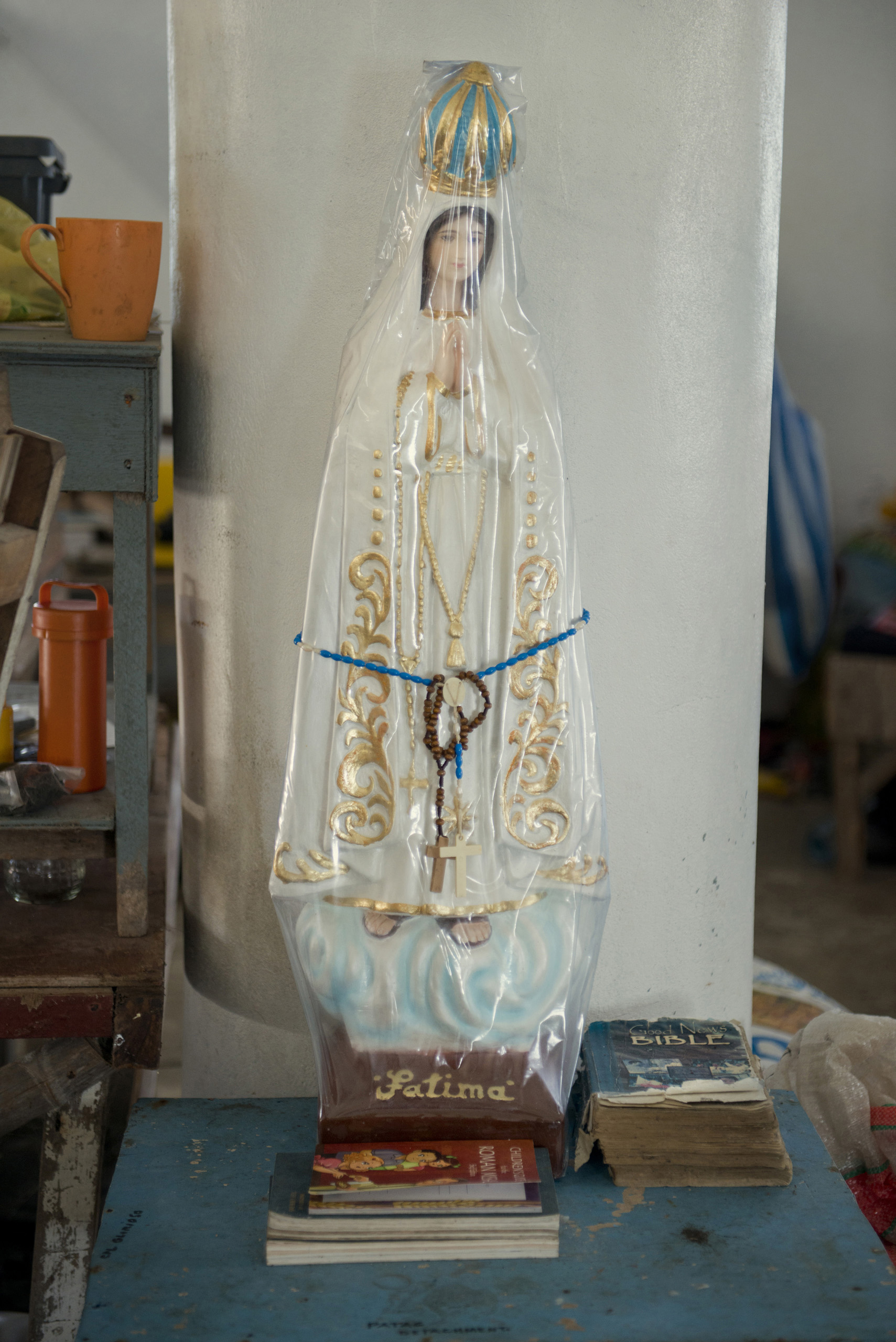

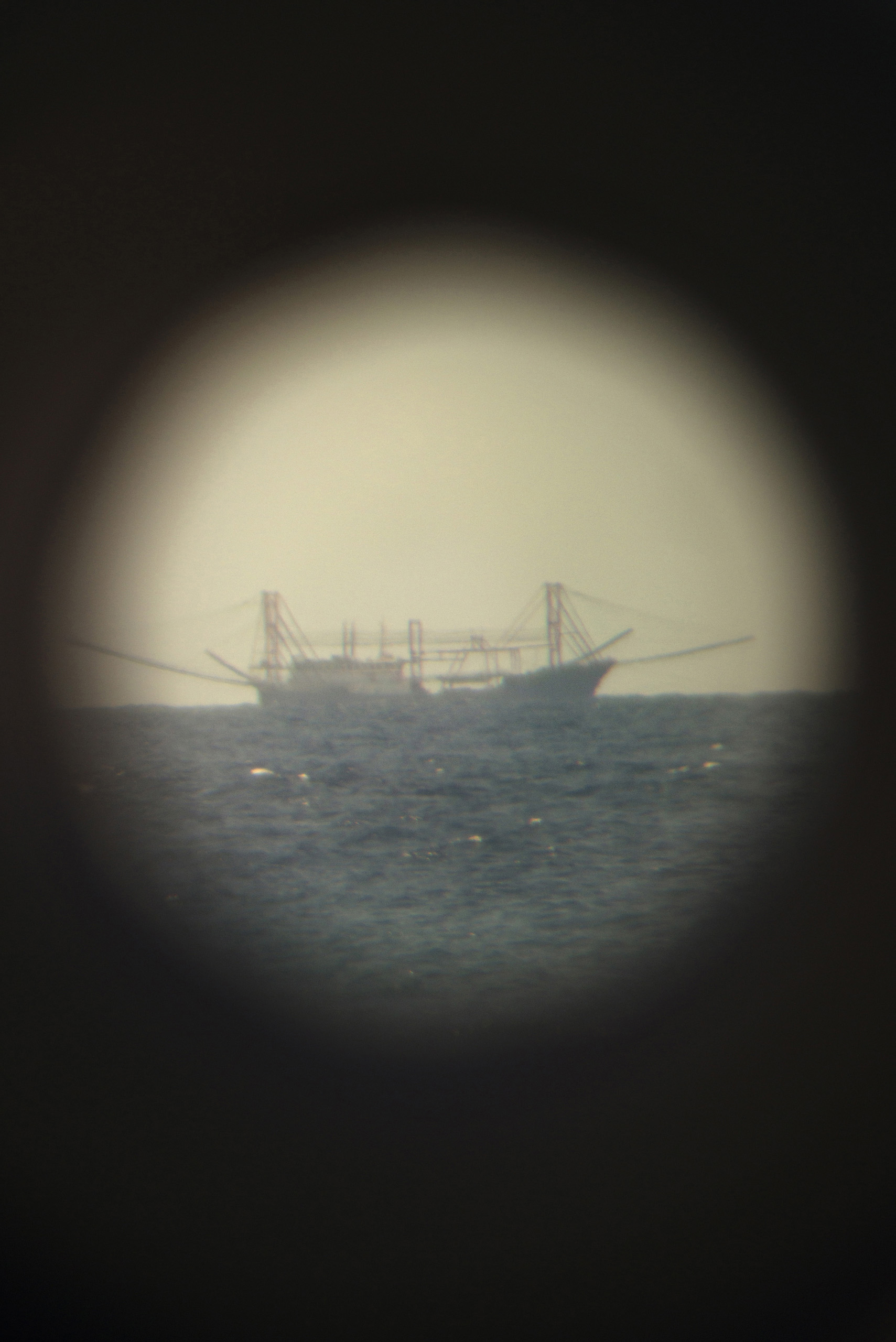
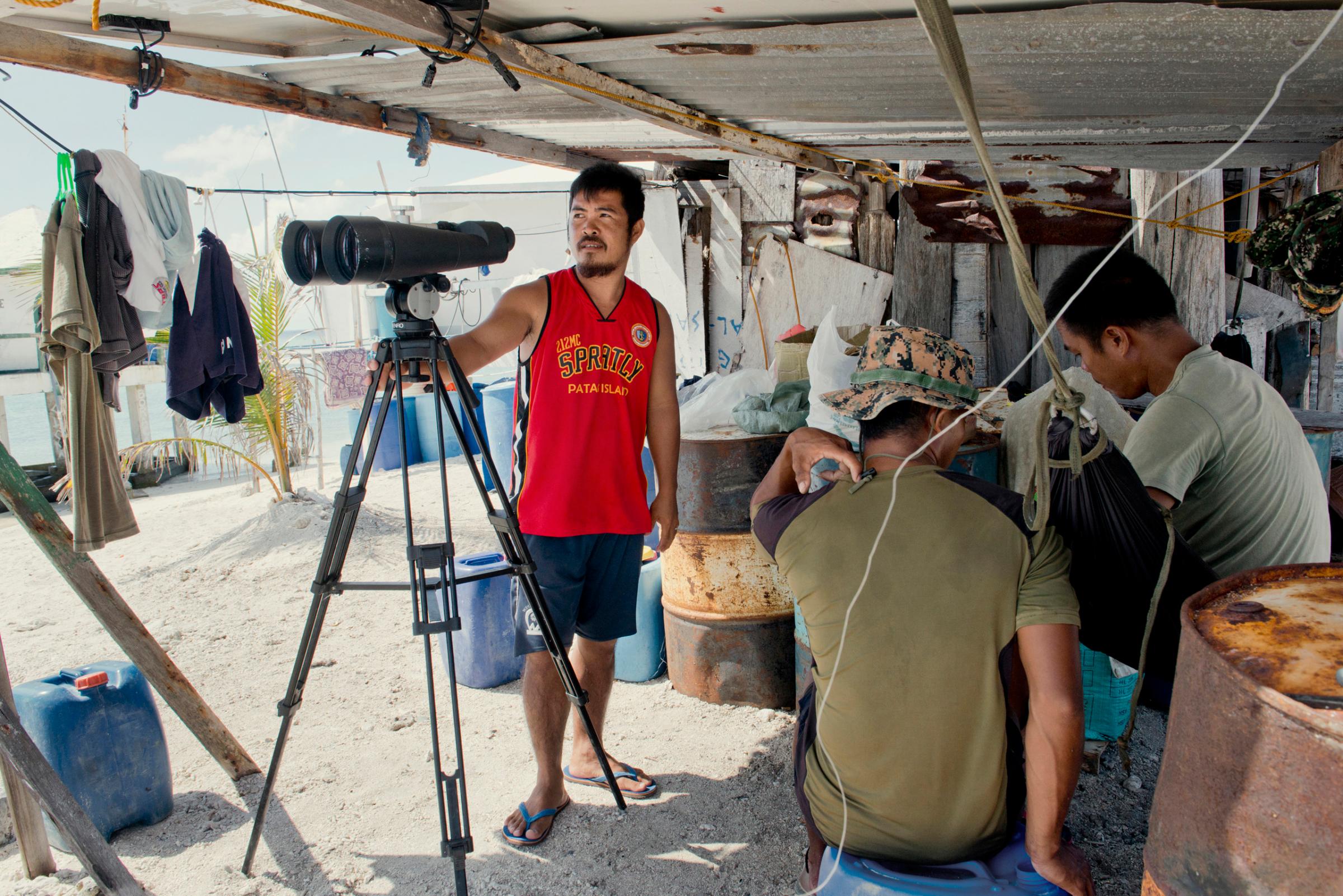
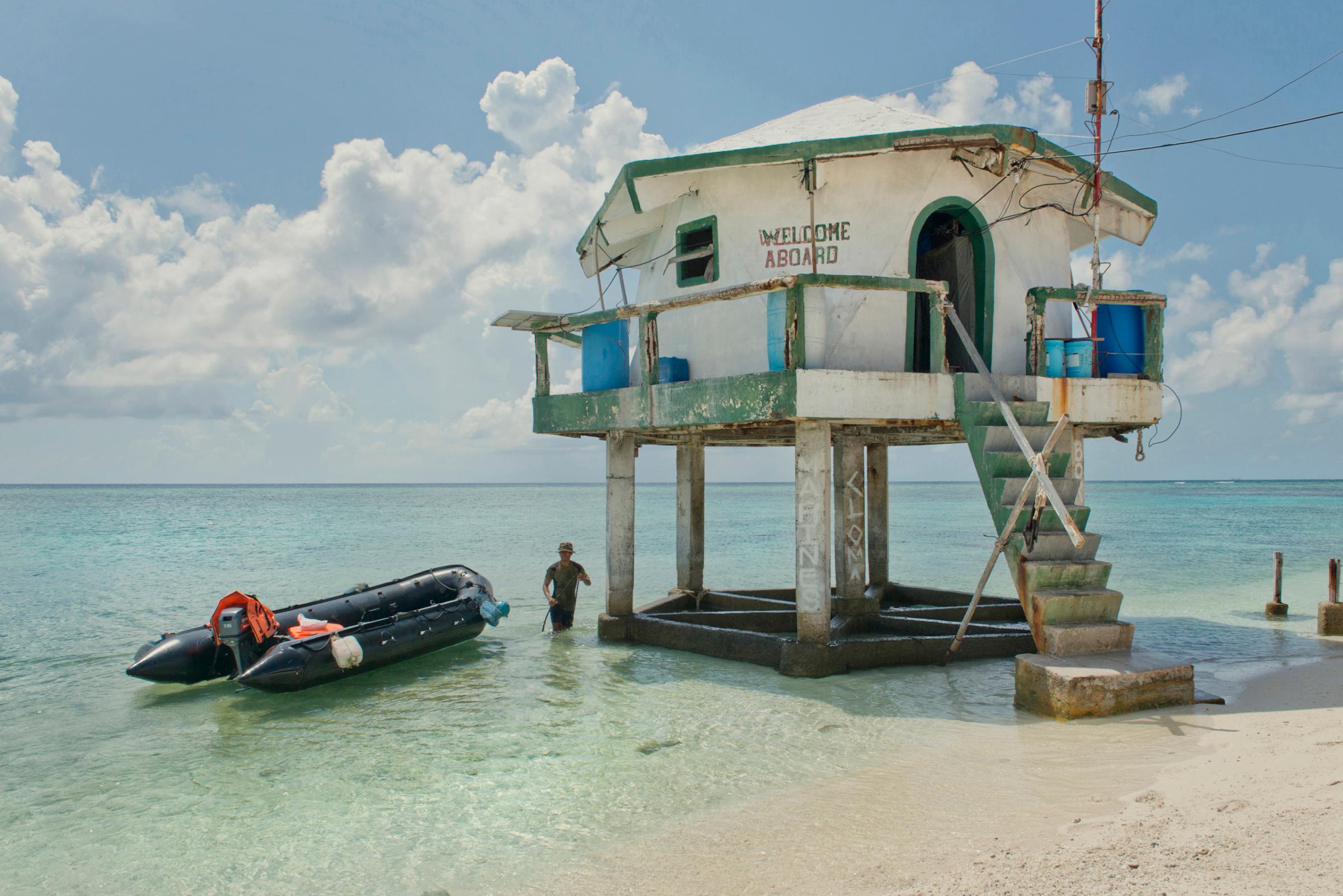
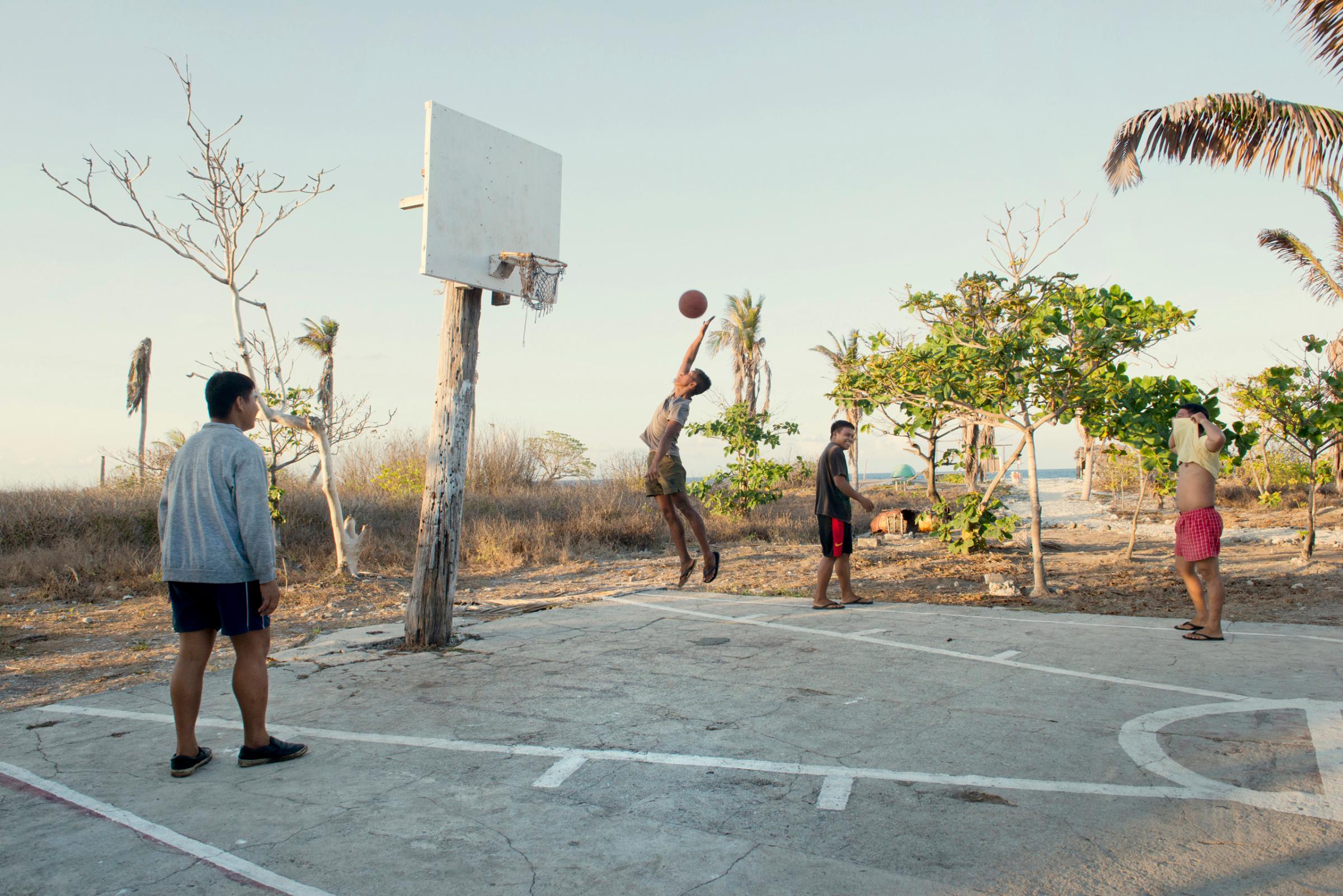
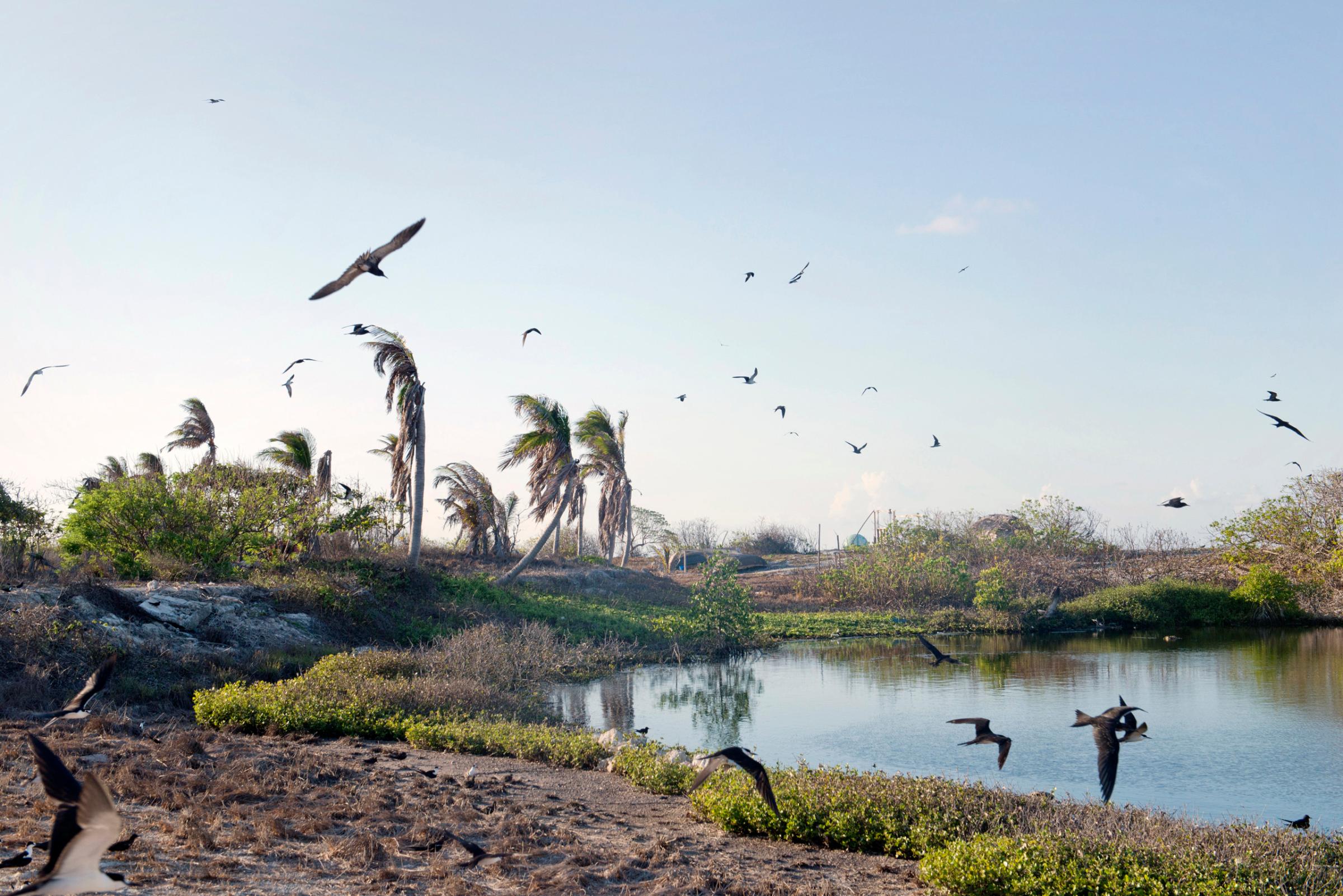
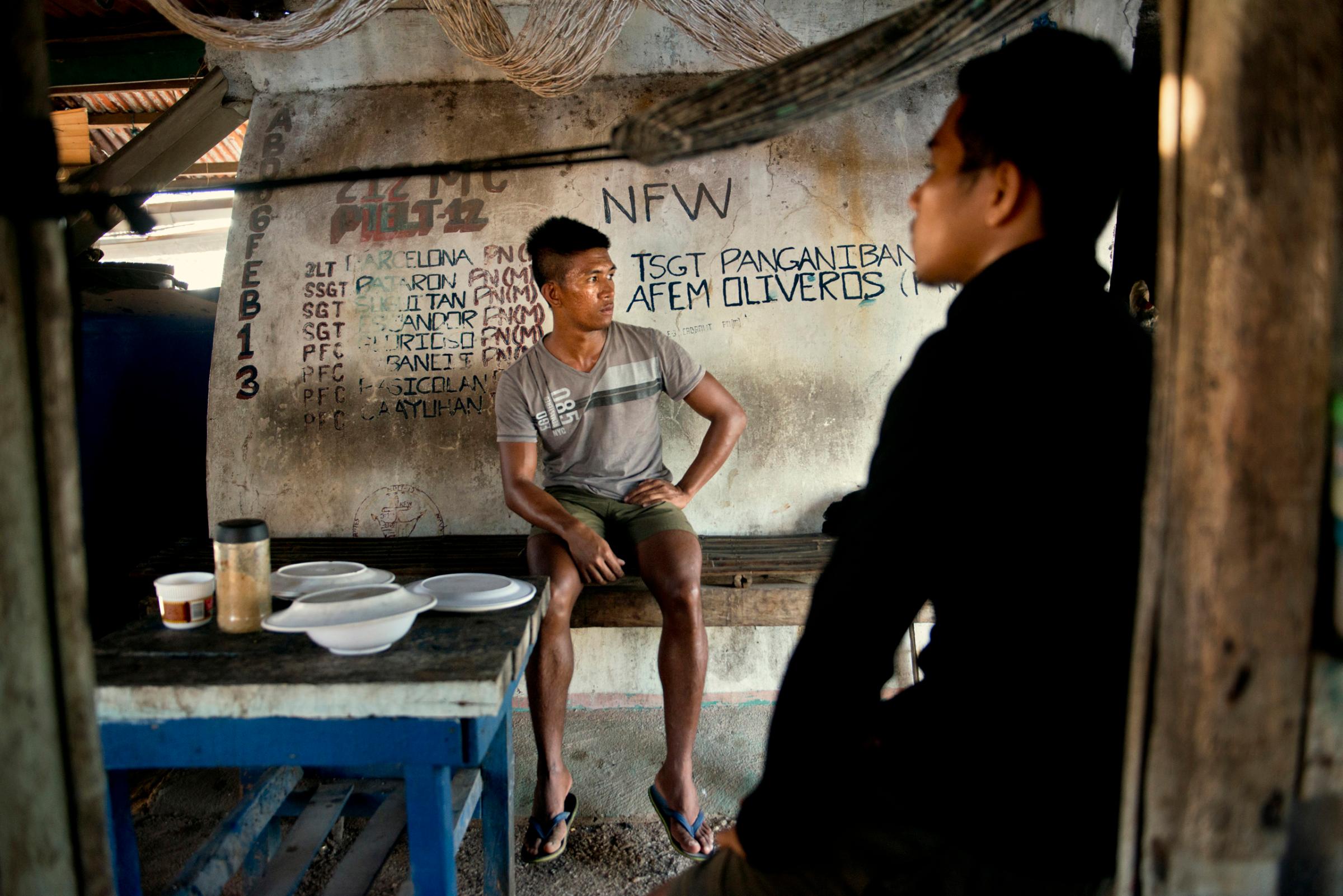


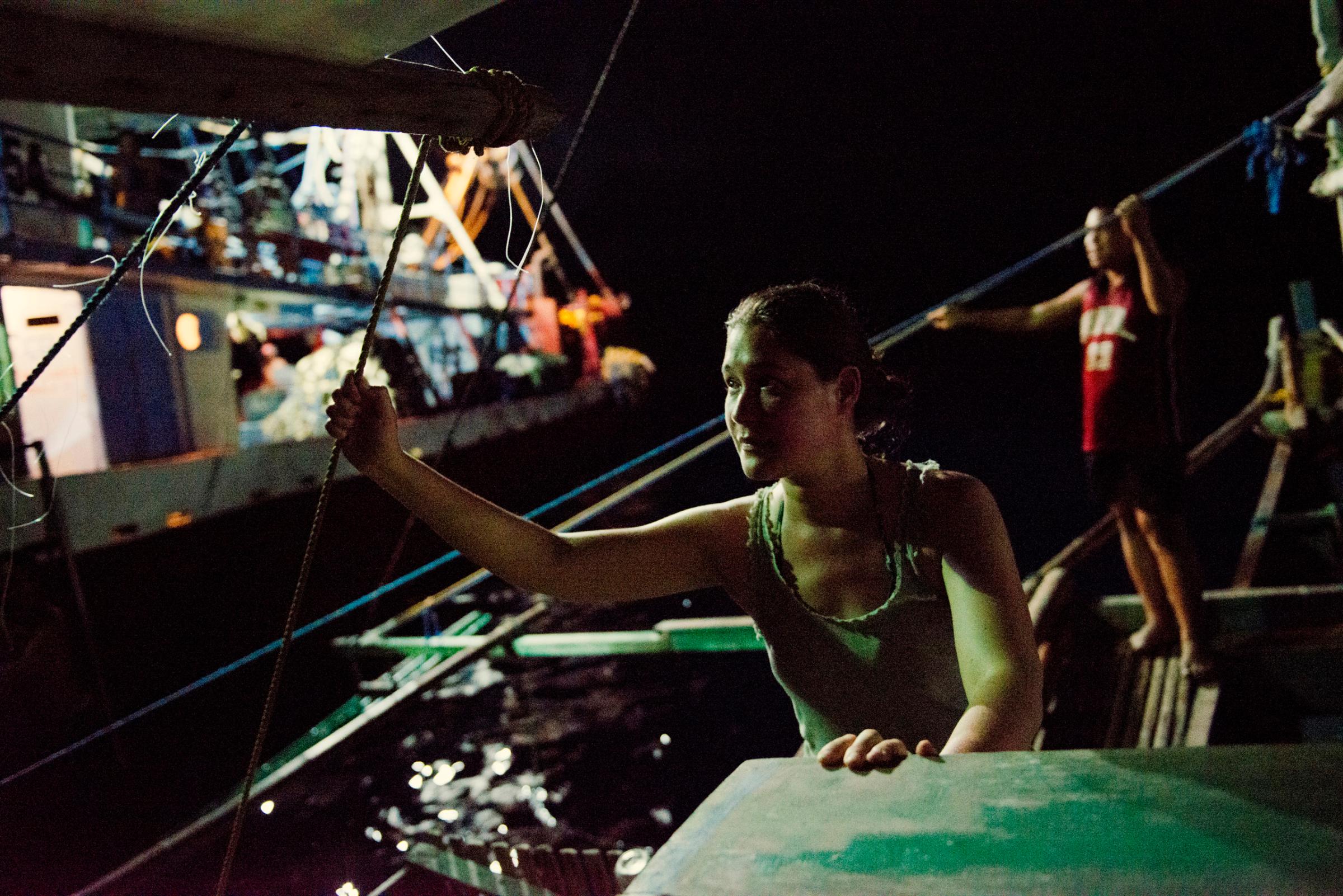


More Must-Reads from TIME
- Why Trump’s Message Worked on Latino Men
- What Trump’s Win Could Mean for Housing
- The 100 Must-Read Books of 2024
- Sleep Doctors Share the 1 Tip That’s Changed Their Lives
- Column: Let’s Bring Back Romance
- What It’s Like to Have Long COVID As a Kid
- FX’s Say Nothing Is the Must-Watch Political Thriller of 2024
- Merle Bombardieri Is Helping People Make the Baby Decision
Contact us at letters@time.com